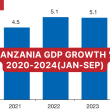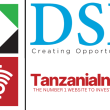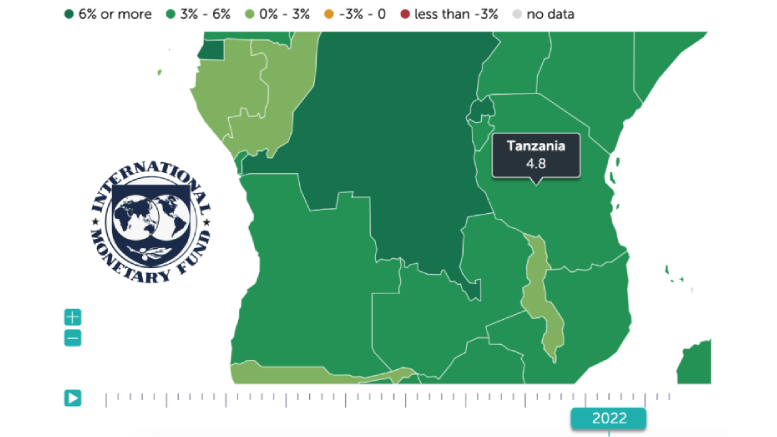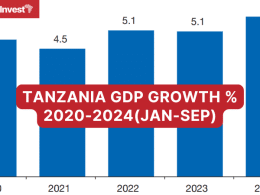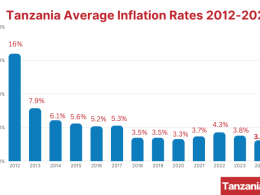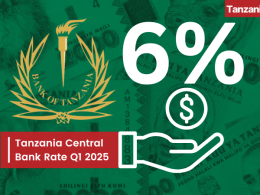The International Monetary Fund (IMF) has released today its WORLD ECONOMIC OUTLOOK Report (WEO) 2022, projecting a Gross Domestic Product (GDP) growth of +4.8% and +5.2% for Tanzania in 2022 and 2023.
Global Economic Growth in 2022 and 2023
Global economic prospects have worsened significantly since the IMF’s last World Economic Outlook forecast in January 2022, the report explains.
At the time, the IMF had projected the global recovery to strengthen from the second quarter of 2022 after a short-lived impact of the Omicron variant.
Since then, the outlook has deteriorated largely because of Russia’s invasion of Ukraine—causing a tragic humanitarian crisis in Eastern Europe—and the sanctions aimed at pressuring Russia to end hostilities.
This crisis unfolds while the global economy was on a mending path but had not yet fully recovered from the COVID-19 pandemic, with a significant divergence between the economic recoveries of advanced economies and emerging markets and developing ones.
In addition to the war, frequent and wider-ranging lockdowns in China—including in key manufacturing hubs—have also slowed activity there and could cause new bottlenecks in global supply chains.
Higher, broader, and more persistent price pressures also led to a tightening of monetary policy in many countries.
Overall risks to economic prospects have risen sharply and policy trade-offs have become ever more challenging.
Beyond the immediate humanitarian impacts, the war will severely set back the global recovery, slowing growth and increasing inflation even further.
The report projects global growth at 3.6% in 2022 and 2023 from an estimated 6.1% in 2021. The downgrade largely reflects the war’s direct impacts on Russia and Ukraine and global spillovers.
Beyond 2023, global growth is forecast to decline to about 3.3% over the medium term.
Because Russia is a major supplier of oil, gas, and metals, and, together with Ukraine, of wheat and corn, the current and anticipated decline in the supply of these commodities has already driven their prices up sharply.
Europe, Caucasus and Central Asia, Middle East and North Africa, and sub-Saharan Africa are most affected. The food and fuel price increases will hurt lower-income households globally.
Moreover, many countries have limited fiscal policy space to cushion the impact of the war on their economies. In this difficult and uncertain environment, effective national-level policies and multilateral efforts have an ever more important role in shaping economic outcomes.
Central banks will need to adjust their monetary stances even more aggressively should medium- or long-term inflation expectations start drifting from central bank targets or core inflation remains persistently elevated.
Tanzania Economic Growth in 2022 and 2023
According to the IMF, the economy of Tanzania grew by 4.8% in 2020, and by 4.9% in 2021, impacted by the Covid-19 pandemic.
The IMF projects that Tanzania’s real GDP growth will be 4.8% in 2022, 5.2% in 2023, and 6.0% in 2027.
During the same period, the real GDP growth for Sub-Saharan Africa is projected to be 3.8%, 4.0%, and 4.4%.



